In 2019 the IETF (Internet Engineering Task Force) has designated IKEv1 as deprecated and insecure and therefore it should not be used anymore. LANCOM Systems instead recommends to use the current standard IKEv2.
The IKEv1 functionality in LANCOM devices remains intact and can still be used for scenarios where devices without IKEv2 support are used. However LANCOM Systems will not provide any support regarding the troubleshooting of connection problems with IKEv1 connections. Also there won't be any bug fixes or new features for IKEv1.
In rare cases a disconnect can occur during rekeying. In such a case it can be useful to increase the lifetimes, so that the disconnects occur less often.
The configuration of a certificate-based IKEv2 connection between the Advanced VPN Client and a LANCOM router is described in this Knowledge Base article.
Requirements:
- LCOS as of version 9.10 (download latest version)
- LANtools as of version 9.10 (download latest version)
- LANCOM Advanced VPN Client (download latest version)
- LANCOM central-site gateway, WLAN controller, or LANCOM router with an activated VPN 25 Option
- Certificates for LANCOM routers and the LANCOM Advanced VPN Client. How to create certificates with LANCOM Smart Certificate is described in this Knowledge Base article.
Procedure:
For this configuration example we leave all of the other parameters with their preset values.

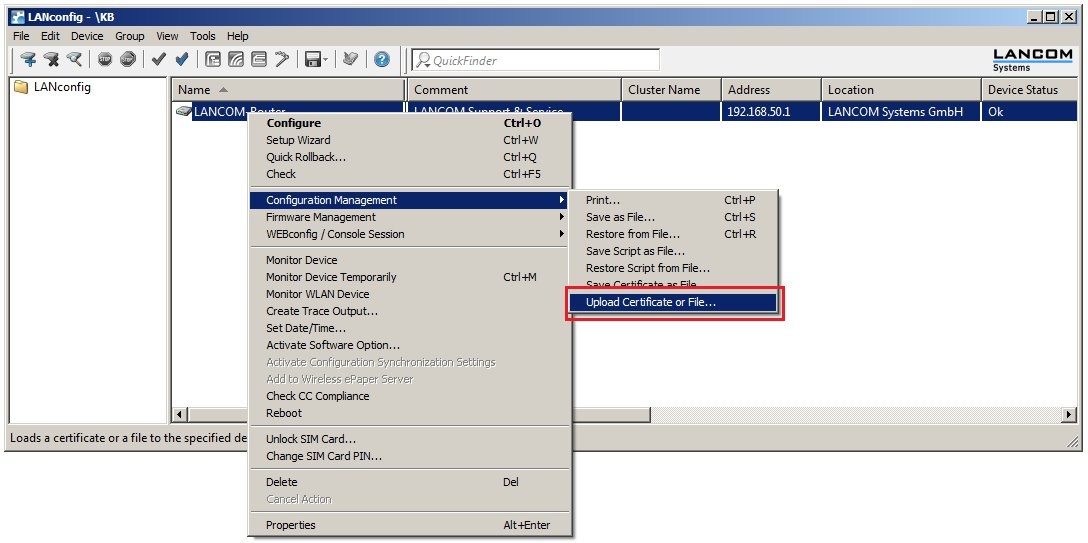
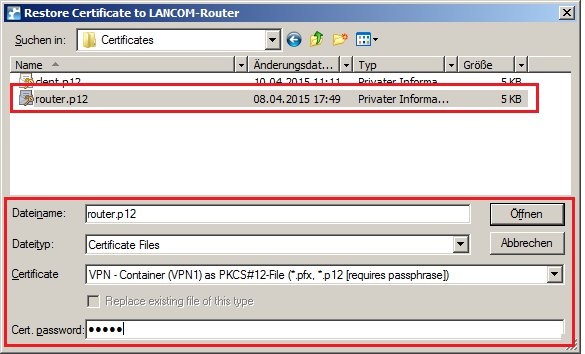
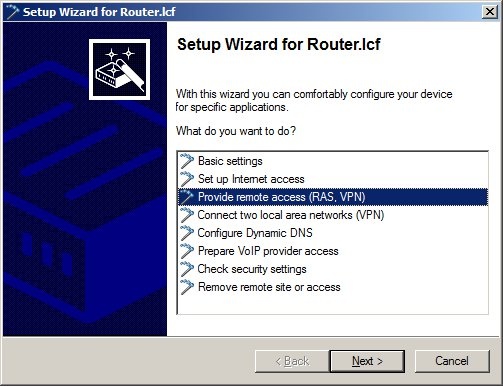
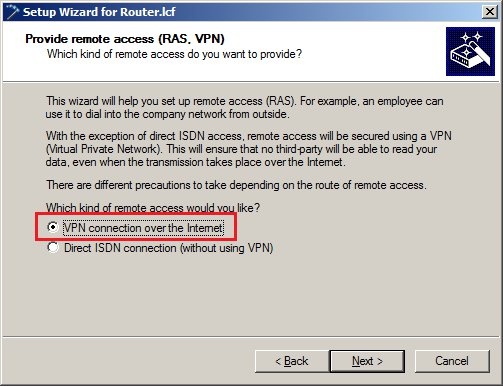
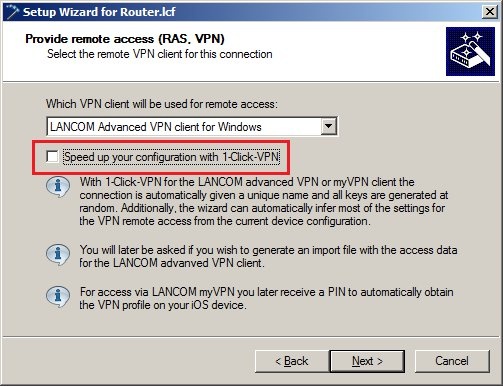
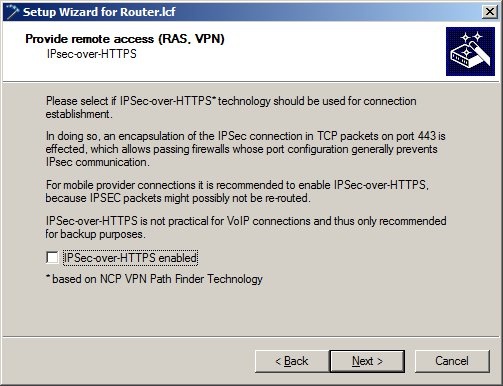
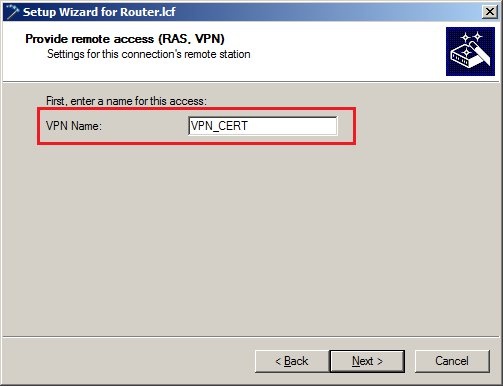
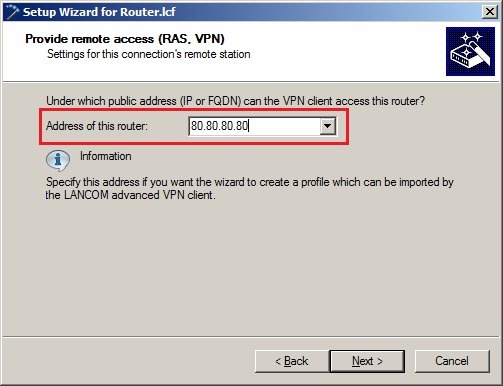
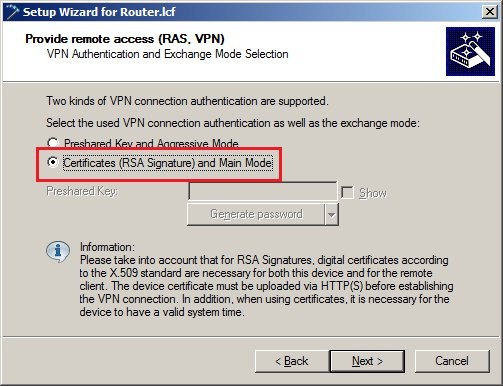
- As the local identity, enter the name of the certificate in the LANCOM router.
- As the remote identity, enter the name of the certificate in the VPN client.
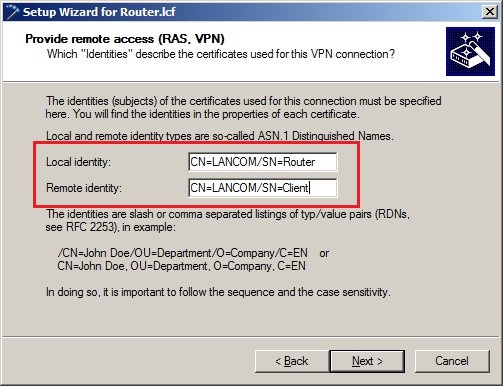
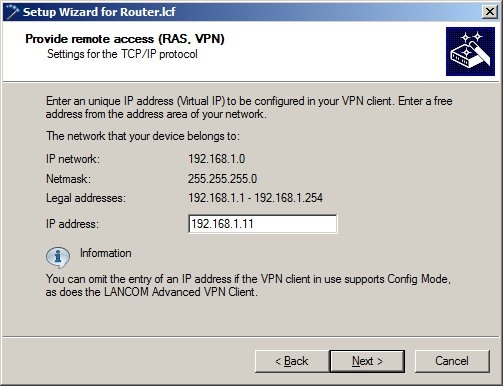
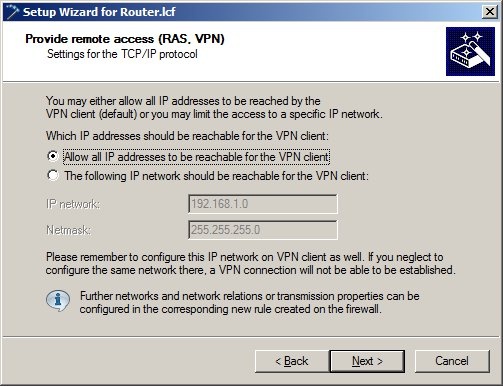
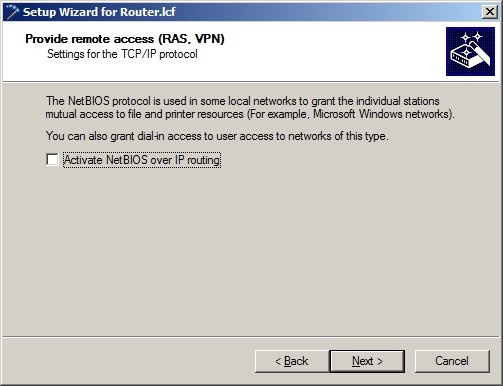
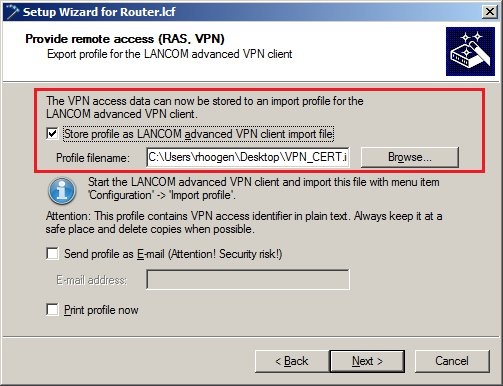
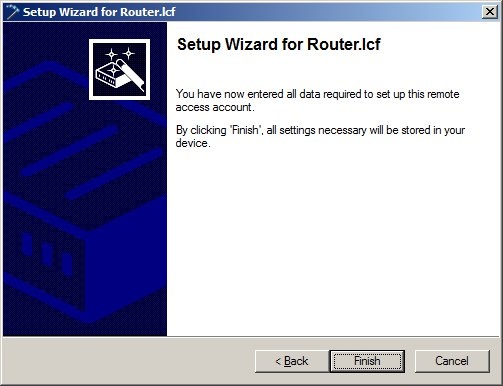
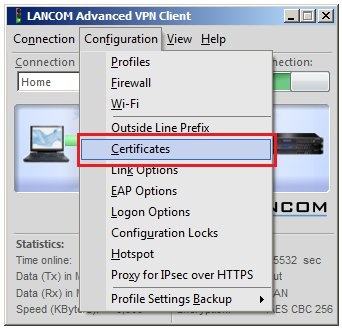
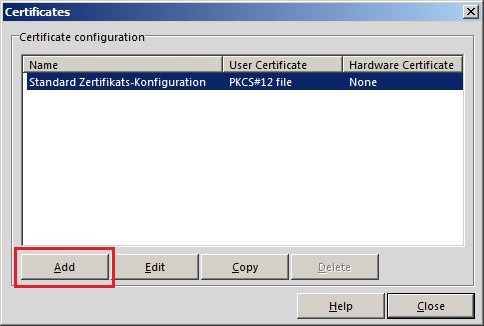
- In the Certificate field, select the option from PKCS#12 file
- In the PKCS#12 file name field, set the path to the certificate file for the VPN client.
- For better security, this example requires the password of the VPN client certificate to be entered before each connection over VPN.
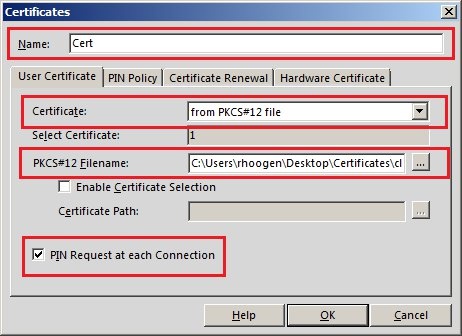
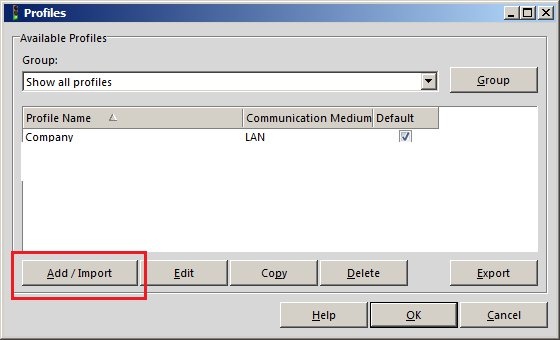
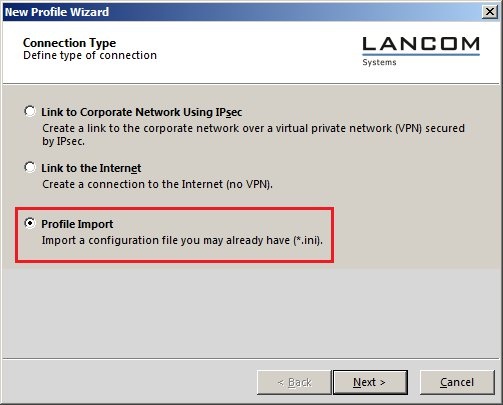

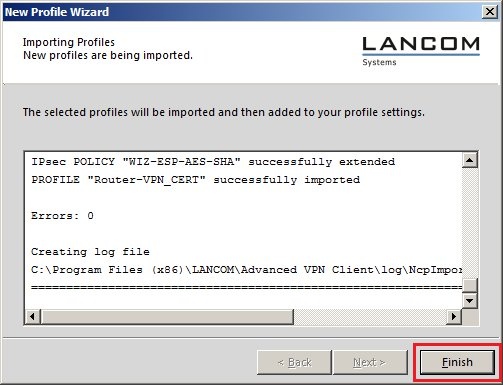
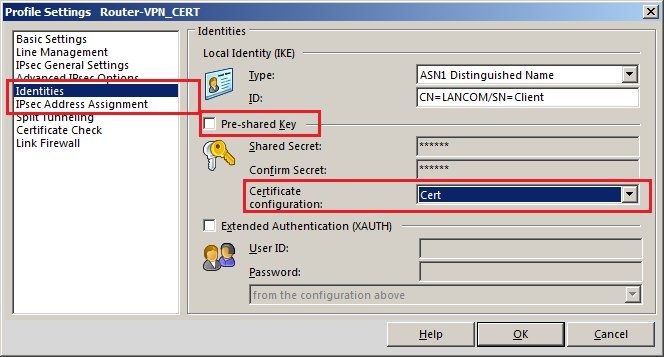
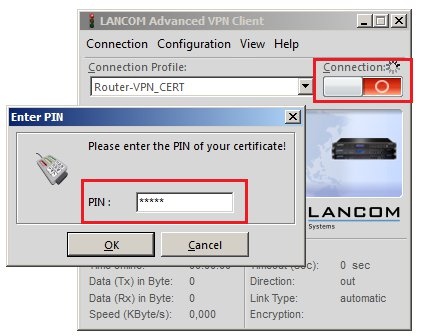
6.3) The VPN connection will be established and is ready for use.